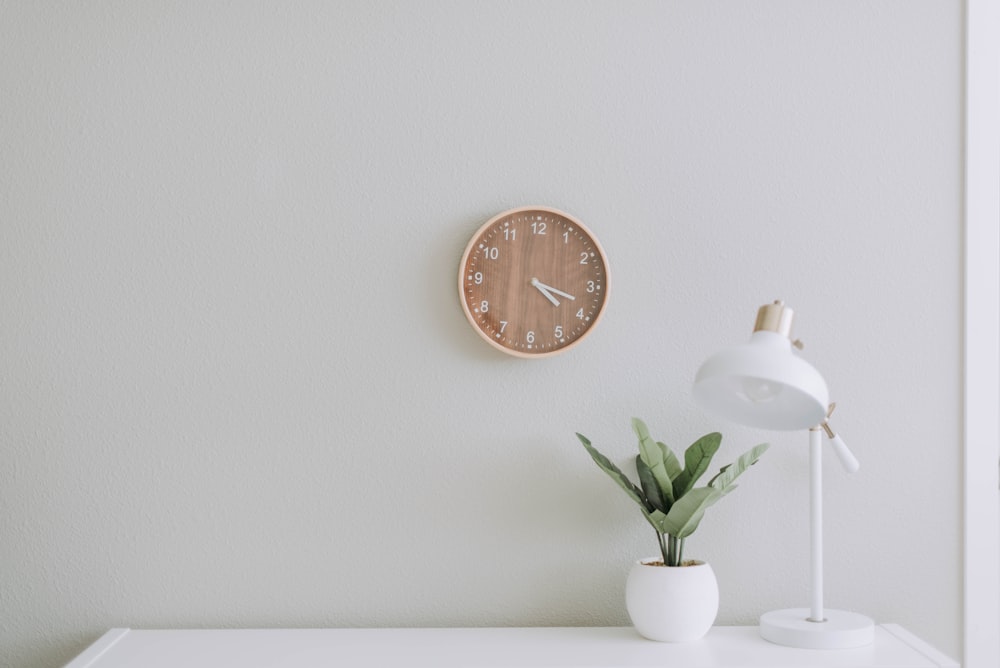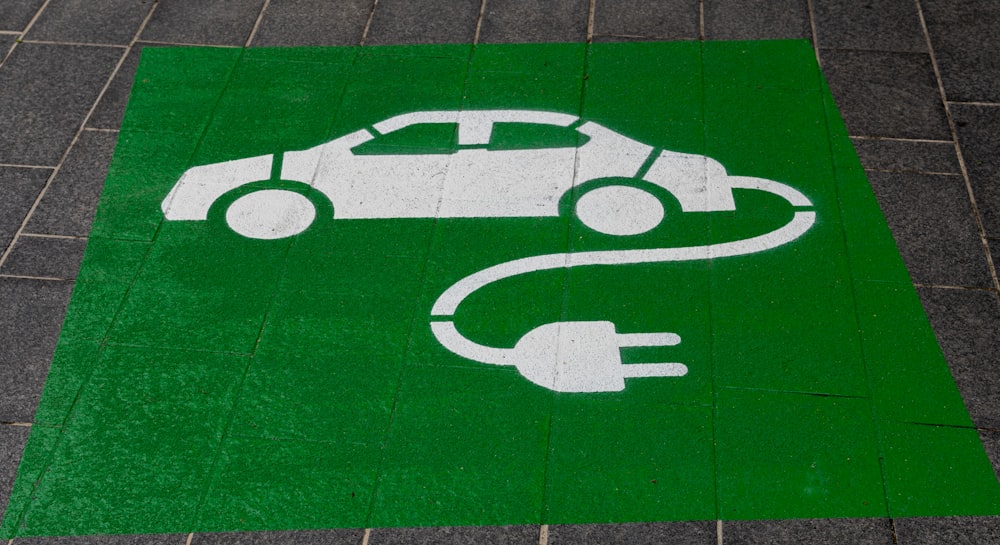
Water Conservation: A Guide to Fixing Common Household Issues
In our daily lives, it’s easy to overlook the importance of water conservation. Yet, with the growing concern about environmental sustainability, it’s crucial that we address common household issues that contribute to water wastage. This article aims to shed light on one such problem that often goes unnoticed – a running toilet. Let’s explore why it matters and how you can fix it to contribute to a more water-efficient home.
Understanding the Impact of a Running Toilet
A running toilet might seem like a minor issue, but its impact on water conservation can be significant. According to the Environmental Protection Agency (EPA), a single running toilet can waste up to 200 gallons of water per day. This not only leads to inflated water bills but also puts unnecessary strain on local water resources. To address this problem, it’s essential to first understand the common causes behind a perpetually running toilet.
Identifying the Causes of a Running Toilet
Several factors can contribute to a toilet that won’t stop running. One of the most common reasons is a faulty flapper, which is the rubber valve that controls the flow of water from the tank to the bowl. Other issues may include a misaligned float, a defective fill valve, or even a leaky flush valve. Identifying the specific cause is crucial for an effective and lasting solution.
DIY Fixes for a Running Toilet
Fortunately, many running toilet issues can be resolved without the need for professional assistance. One of the simplest fixes is adjusting the float. The float regulates the water level in the tank, and if it’s set too high, water will continuously overflow into the overflow tube. Lowering the float to the correct level can often resolve this problem.
If the issue persists, inspect the flapper for any signs of wear or damage. A damaged flapper may not create a proper seal, allowing water to continuously leak into the bowl. Replacing the flapper is a straightforward task that can be completed with minimal tools and cost.
Another potential culprit is a malfunctioning fill valve. This component controls the water level after a flush. If the fill valve is not working correctly, it can lead to a constant flow of water into the tank. Adjusting or replacing the fill valve can often resolve this issue.
For a comprehensive guide on fixing a running toilet, you can visit Fix a Running Toilet.
The Environmental and Financial Benefits
Fixing a running toilet not only contributes to water conservation but also brings about financial benefits. By addressing this issue promptly, you can significantly reduce your water bills, making your household more economically sustainable. Additionally, the collective impact of individual efforts in fixing running toilets can contribute to a more water-conscious community.
Conclusion: Taking Action for a Sustainable Future
In conclusion, water conservation starts at home, and addressing common household issues like a running toilet is a simple yet impactful step. By understanding the causes and implementing DIY fixes, you not only contribute to the preservation of precious water resources but also save money in the process. It’s time to take action and make our homes more environmentally friendly, one running toilet at a time.










